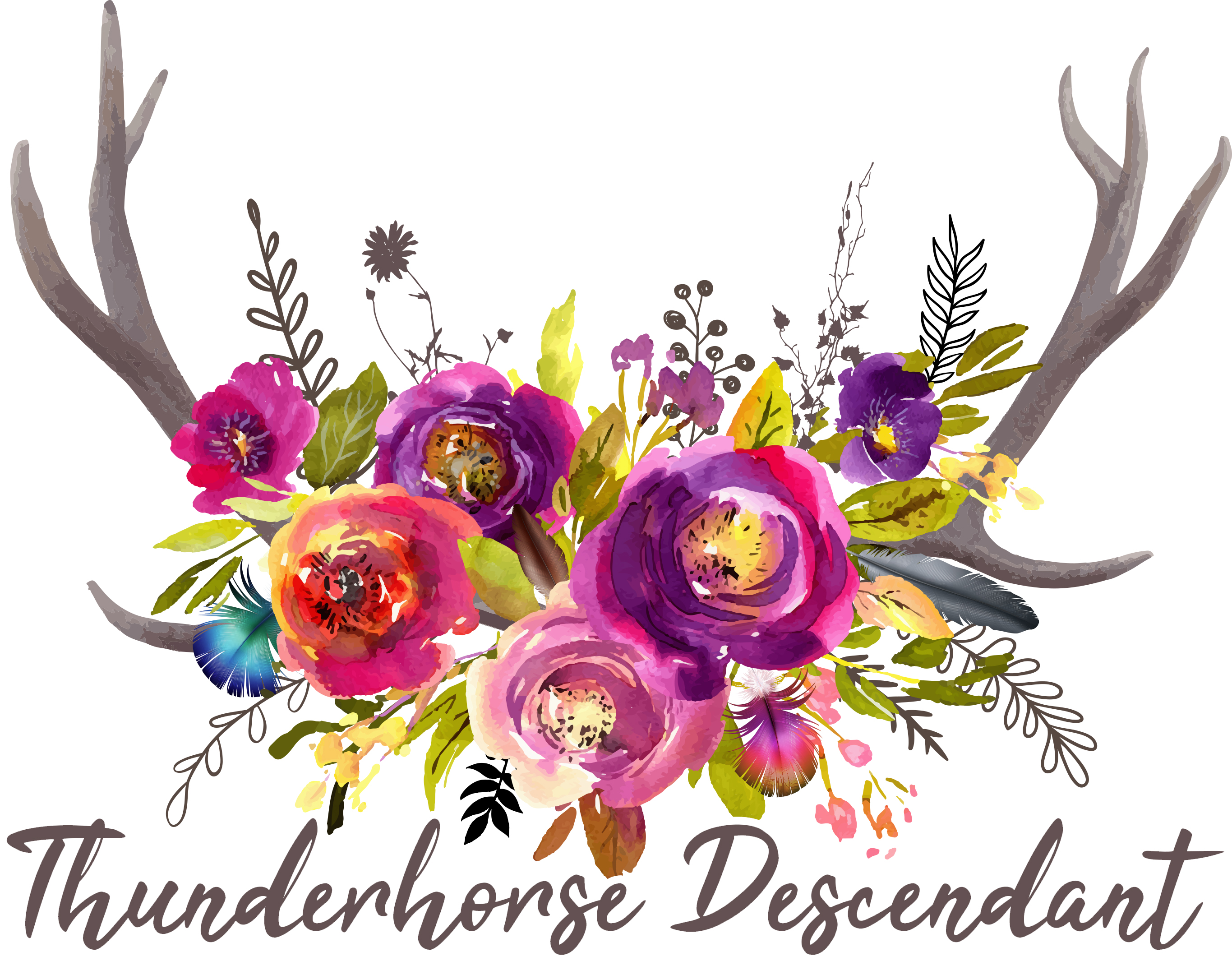Posted by Randee Brown on 11th Jul 2024
Discovering the Beauty and Significance of Job's Tears in African Cultures
Exploring the Significance of Job's Tears in African Culture
In the vast tapestry of African culture, beads hold a significant place, serving not just as adornments but also as symbols of status, spirituality, and identity. Among these, Job's Tears beads stand out for their unique origin and multifaceted symbolism.
Origins and Characteristics
Job's Tears beads are derived from the seeds of the Coix lacryma-jobi plant, a tall, grass-like species native to Southeast Asia. These seeds are naturally hard, glossy, and possess a hole, making them perfect for stringing into jewelry without additional processing. The plant itself has a fascinating history, named after the biblical figure Job, with the seeds symbolizing his tears of suffering and endurance (Wikipedia) (Encyclopedia Britannica).
Cultural Significance in Africa
In African cultures, Job's Tears beads are highly valued for their durability and natural beauty. They are often used in traditional ceremonies and rituals, symbolizing various aspects of life and spirituality. The beads are believed to bring good fortune, protect against evil spirits, and even represent fertility and prosperity. Their use extends to various forms of body adornment, including necklaces, bracelets, and anklets, each piece carrying its own meaning and significance (Encyclopedia.com) (Encyclopedia Britannica).
Symbolism and Usage
The symbolism of Job's Tears in African culture is profound. They are often seen as a representation of the strength and resilience of the wearer, mirroring the plant's ability to thrive in various conditions. The beads' natural durability also makes them a metaphor for the enduring spirit of African people and their connection to the earth and ancestral traditions.
Modern Applications
Today, Job's Tears beads continue to be used in both traditional and contemporary jewelry making. They are appreciated not only for their historical and cultural significance but also for their aesthetic appeal. Artisans incorporate these beads into modern designs, blending ancient traditions with current fashion trends, thus keeping the heritage alive while appealing to a global audience (Wikipedia) (Encyclopedia Britannica).
In conclusion, Job's Tears beads are more than just decorative items; they are a bridge between the past and present, carrying forward the legacy of African culture and its deep-rooted connection to nature and spirituality. Whether used in traditional ceremonies or contemporary fashion, these beads continue to embody the rich cultural heritage and enduring spirit of African communities.
Sources:
- "Job's Tears: Folklore, Symbolism & Magical Uses." Magickal Spot. Available at: Wikipedia
- "Job’s tears | Edible Grain, Ornamental Plant & Medicinal Herb." Encyclopaedia Britannica. Available at: Britannica
- "Job's-tears." The Columbia Encyclopedia, 6th ed.. Encyclopedia.com. Available at: Encyclopedia
4. "Job’s tears | Edible Grain, Ornamental Plant & Medicinal Herb." Encyclopaedia Britannica. Available at: Britannica
5. "Job's-tears." The Columbia Encyclopedia, 6th ed.. Encyclopedia.com. Available at: Encyclopedia

